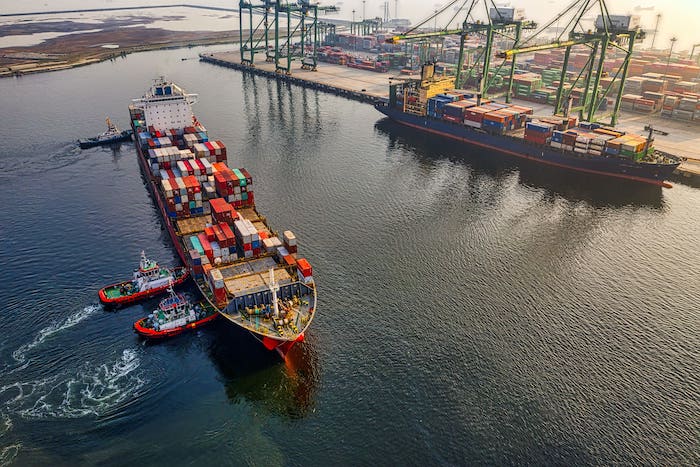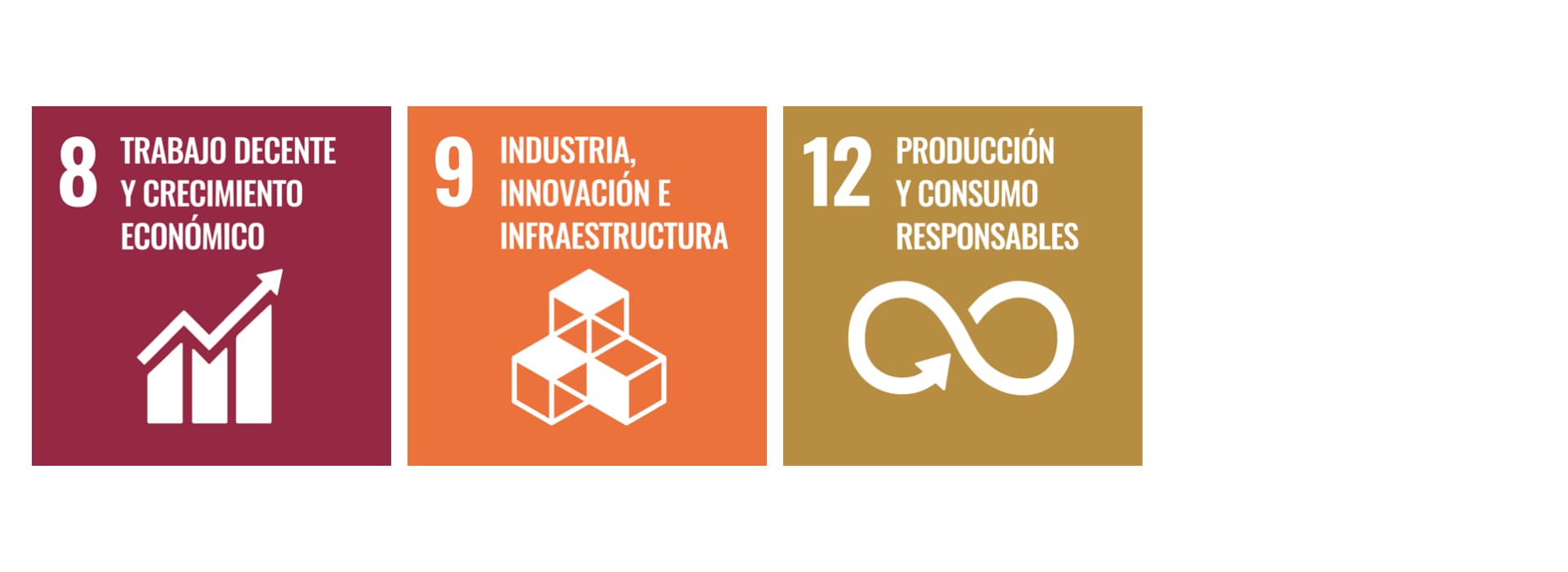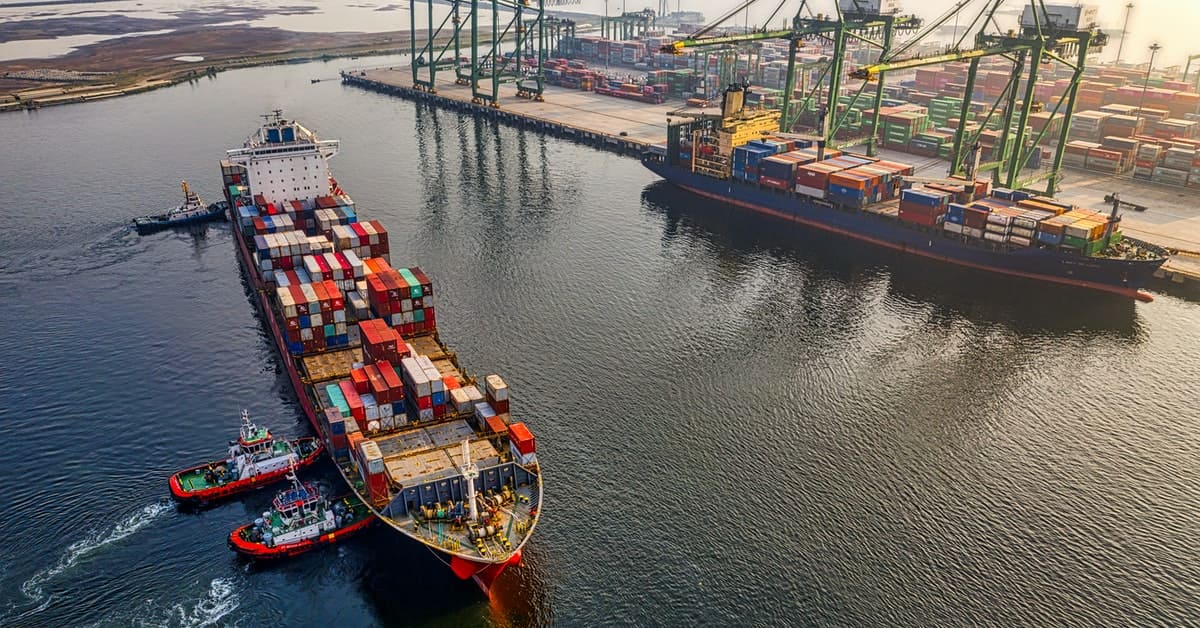The situation of exceptional collapse that international maritime logistics is suffering may jeopardize the supply of all kinds of products, especially in periods of peak consumption such as those that will occur at the end of the year. This is explained by the director of the Sustainability Observatory, Oriol Montanyà.

Oriol Montanyà
Director of Sustainability Observatory
Director of Operations, Technology & Science Dept.
__
This year, more than ever, it will be convenient to be proactive and advance Christmas shopping, since the exceptional collapse of international maritime logistics may jeopardize the supply of all kinds of products, especially in periods of peak consumption such as those that will occur at the end of the year.
It should be noted that almost 90% of what we consume has been transported by ship: from energy to electronics, from textiles to food. In fact, there is a vast network of more than 60,000 cargo ships that daily travel the seas and oceans of the world to keep the productive ecosystems of any economy active.
The exceptional collapse of international maritime logistics may jeopardize the supply of all types of products.
So what is the current problem? Quite simply: demand has outstripped supply. In other words, there are not enough ships to meet all transport requests, something that is causing interruptions in several supply chains, to the point of finding factories that have been forced to stop activity and send their workers home because they do not have the necessary components to maintain production. As one industrial sector manager regretted, "the issue is not that there is a lack of raw materials, but that they are not arriving on time".
One problem with multiple originsThe roots of this situation can be traced back to shortly before the outbreak of Covid-19, when shipping companies were immersed in a process of readjustment of the sector, with large-scale operations such as the purchase of Hamburg Süd by the all-powerful Maersk Line or the disappearance of the South Korean Hanjin group. This led to some decline in the overall supply of maritime containers, a fact that continued to accelerate with the onset of the pandemic, as shipping lines had to cope with the drop in consumption by eliminating some of the less profitable rotations.
With this declining scenario came the economic recovery, but in a very uneven geographical way. So operators were forced to move ships according to the evolution of demand, altering the usual rotations and unbalancing round-trip flows. In addition, some ports have been overwhelmed by the situation and are becoming bottlenecks, either because they have suffered coronavirus outbreaks, such as the large facilities at Ningbo-Zhoushan (China), or simply because they do not have sufficient capacity, such as the port of Los Angeles (United States), where ships must wait two to three weeks to unload.
International shipping rates have increased tenfold in recent months: bringing a cargo container from Shanghai to Barcelona costs $10,000. Before the pandemic it did not exceed 1,000 dollars.
And as if supply shortages were not enough, there has also been an exorbitant price increase in all international maritime traffic. Rates have increased tenfold in recent months and now bringing a container from Shanghai to Barcelona can cost 10,000 dollars, although before the pandemic it did not exceed 1,000 dollars. A fact that, irremediably, will end up having an effect on inflation.
The million-dollar question is how long this disastrous situation will last. And the answer is not at all easy, since everything seems to indicate that, in the short term, we will continue to be immersed in the same dynamics, even aggravated by the upturn in demand associated with Black Friday or the Christmas holidays. In this regard, some distribution companies -such as the Catalan Mango- have already announced changes in their logistics to avoid sea transport and divert goods to road, train or plane.
Therefore, we will have to wait at least until 2022 to see how the swing of consumption will rebalance and give shipping lines and ports some breathing space to make the necessary adjustments to meet future needs. It is clear that logistics chains cannot be sized according to the highest peaks in demand, since the idle capacity generated would be unsustainable, but they must be equipped with technical and strategic solutions to absorb these peaks without collapsing.
In the short term, we will continue to be immersed in the same dynamics, even aggravated by the spike in demand associated with Black Friday and the Christmas holidays.
The situation we are currently facing, together with other recent episodes such as the lack of sanitary materials at the beginning of the pandemic or the commercial problems caused by a ship stranded in the Suez Canal, have accelerated the debate on the resilience of supply chains. Industrial offshoring in recent years, driven by cost reduction, has resulted in highly global but highly fragile value chains.
The President of the European Commission, Ursula Von Der Leyen, announced a few days ago that she will promote a regulation to encourage the production of electronic chips by local industry in order to reduce dependence on Asia. This is a very significant movement that points to the paradigms prevailing in the design of the new supply chains, which will be characterized by powerful management elements such as sustainability, proximity and business collaboration

